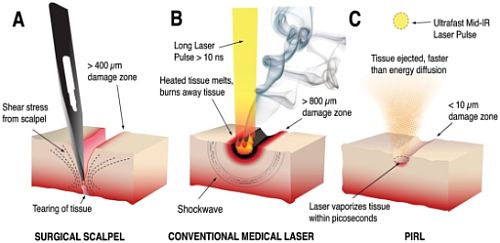When to have surgery for endometriosis?
There are various situations why surgery for the treatment of endometriosis may be needed which are highlighted below. When considering surgery you need to discuss this clearly with your doctor and ensure ALL your queries and worries are answered.
Different methods of surgical techniques
Some of the situations where surgery may be required include:
- drug treatment has not proved sufficient to reduce the disease
- your symptoms have returned after a course of drug treatment
- reconstruction of organs may be needed as treatment for infertility
- your endometriosis is severe, and includes adhesions and is affecting other important organs such as the bowel or intestines. (Surgery to your intestines and bowel carries risks as further damage can be caused to these organs during surgery.)
What are the advantages of surgery?
- surgery is seen as the only way to remove large or deeply embedded endometrial growths, cysts and adhesions
- surgery can sometimes restore the structure of the reproductive organs to help restore fertility
- some women do gain immediate relief for the pain of endometriosis after surgery, but in many cases the pain and symptoms return
- laparoscopy is the only definitive method of obtaining a true diagnosis for this disease
What are the disadvantages of surgery?
- having an anaesthetic always carries risks
- the surgeon can only remove those endometriosis deposits which can be seen, so microscopic deposits can’t be removed
- it is sometimes difficult to recognise endometriosis during surgery
- the endometriosis may be too close to sensitive organs, such as the bowel, and cannot be removed for fear of damaging the organ
- surgery might cause further adhesions
- endometriosis may still recur
References:
webmd.com- endometriosis
Mayoclinic.org - endometriosis






